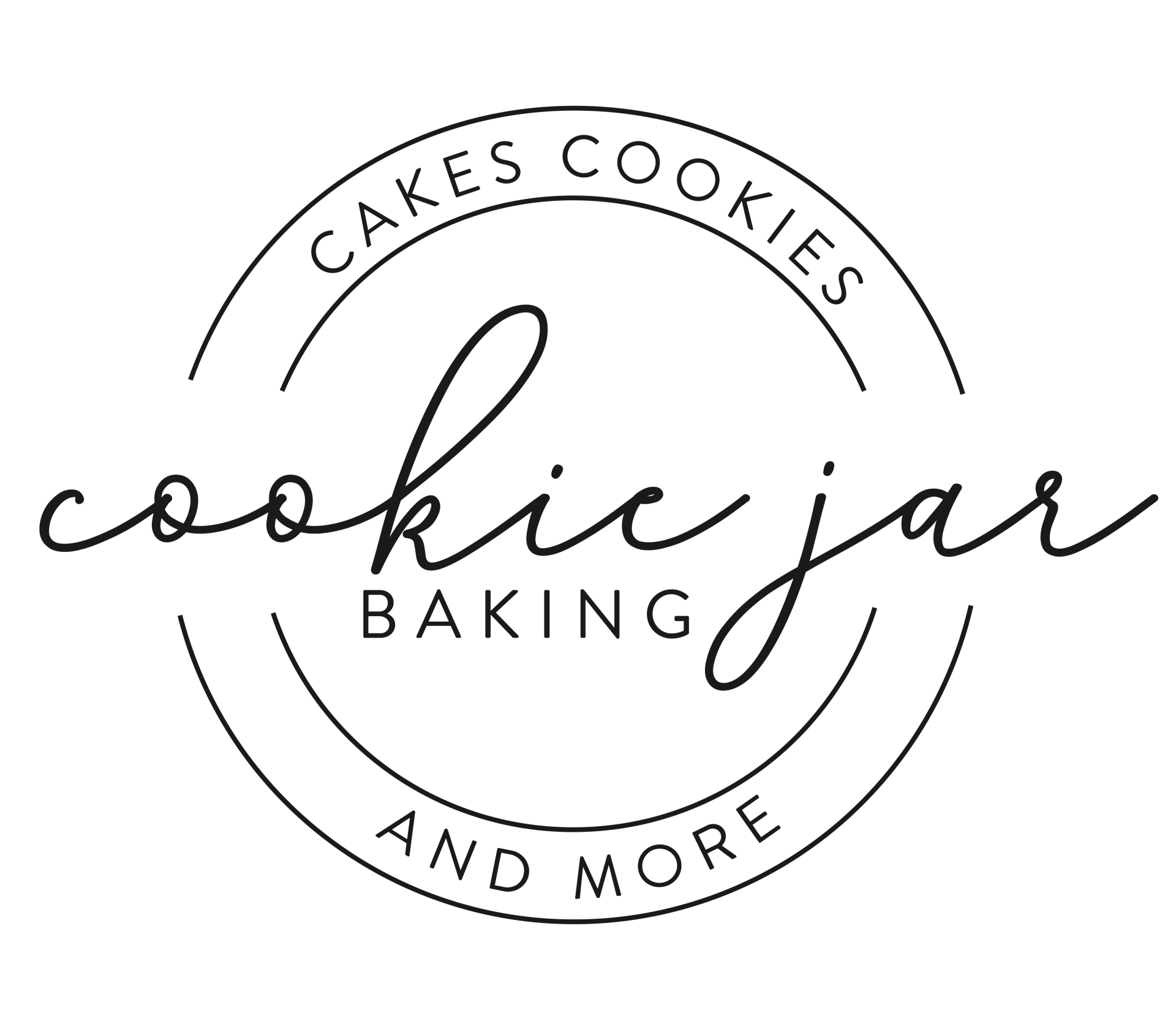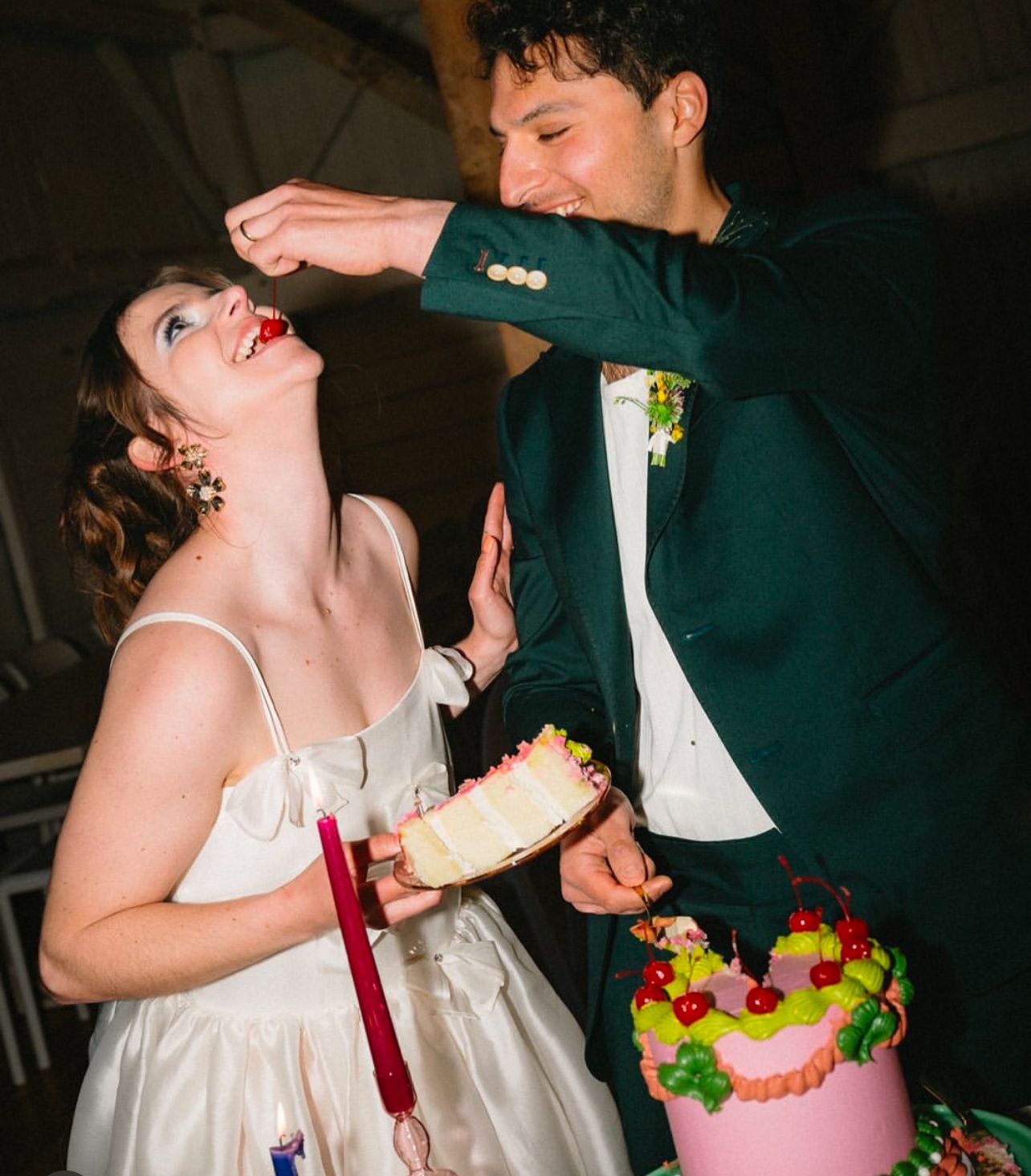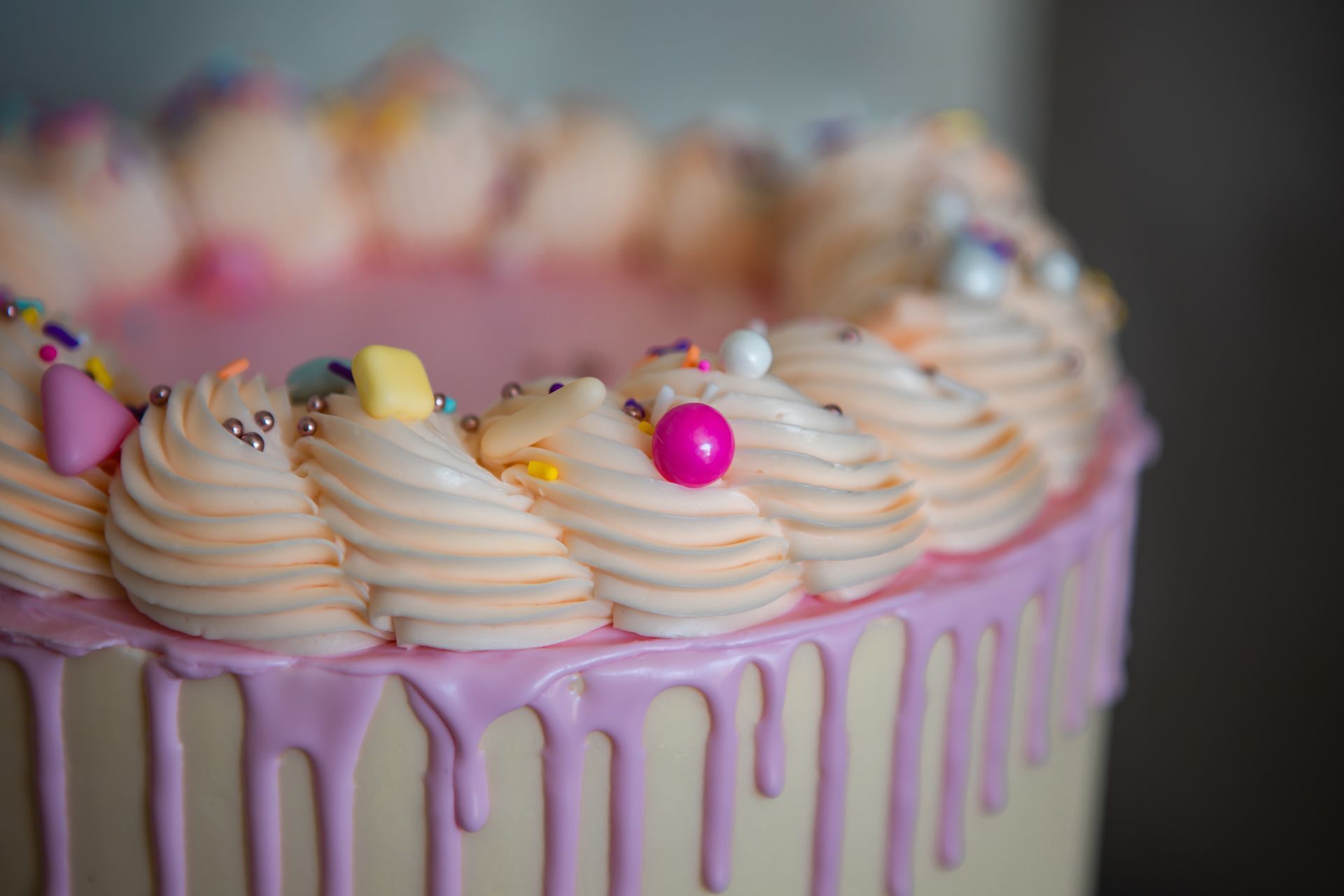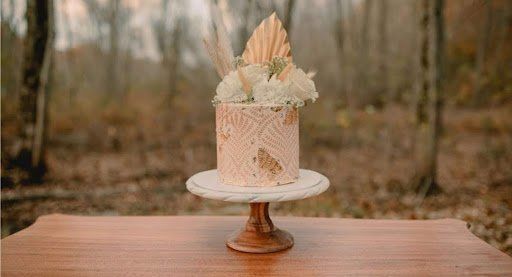What Are the Different Types of Buttercream?
8 Types of Buttercream You'll Want to Try
Buttercream is arguably one of the most easily-recognizable dessert ingredients in the world.
Sweet, rich, and creamy, this unique frosting is a combination of whipped butter and sugar at its most basic. However, there are
many
different types of buttercream, each with a different base and slightly different ingredients.
In this post, we'll explore the different popular options available and provide some advice on when to use them.
What's the Difference Between Buttercream and Frosting?
Before we get started, there's one thing we should get out of the way — the confusion around buttercream and frosting. Buttercream is a type of frosting, but not all frosting is considered buttercream. The main difference is in the ingredients.
Buttercream, as the name suggests, is typically made by adding powdered sugar to butter (or vice-versa) then whipping it until one attains the desired consistency. Some buttercream recipes may call for additional ingredients such as milk, cream, or shortening. It's among the most popular and versatile types of frosting, and its taste and consistency both largely depend on how you make it — this is part of the reason there are so many variations.
With that said, buttercream is typically softer, creamier, and richer than other types of frosting, which tend to be considerably sweeter.
The other types of frosting include:
- Whipped: Light and airy, whipped frosting (or whipped cream frosting) is best paired with fruity flavors like those found in berry cakes or strawberry shortcake. It's typically made immediately before serving, and should be consumed as soon as possible.
- Fondant: Fondant is essentially a paste made from sugar, water, and a type of gelatin or shortening. It comes in three distinct forms:
- Rolled Fondant has a dough-like consistency, and may be used to cover a cake or cut into shapes or strips for decoration.
- Pour Fondant is creamier than the other styles, and may be used as a glaze or a filling.
- Sculpting or Gumpaste Fondant starts out similar to rolled fondant, but eventually hardens. This makes it ideal for creating larger and more intricate cake decorations.
- Ganache: With a rich flavor and a liquid consistency, ganache is often used as a topping for cheesecakes, cupcakes, or eclairs. It can also serve as a filling for pastries, a dessert dip, or even a dessert on its own.
- Royal Icing: Typically made from egg whites and icing sugar, royal icing is most commonly found on Christmas cookies and gingerbread houses. It's hard, smooth, and easy to make.
Depending on who you ask, cream cheese frosting may be considered a style of buttercream or its own type of frosting.
Common Characteristics of Buttercream
Generally, each style of buttercream shares the following in common:
- A smooth, creamy texture.
- A sweet, but not overpowering taste.
- Soft while still retaining its consistency.
- Should always be served at room temperature.
The Eight Types of Buttercream
American Buttercream
Overview
Colloquially known as traditional or simple buttercream, American buttercream is made by creaming together powdered sugar and butter along with milk or heavy cream. You can also add vanilla extract, shortening, or additional flavors if so desired, but this isn't strictly necessary.
American Buttercream is quite versatile, and can be used for anything from piping simple decorations onto cakes or cupcakes to making flavored icing.
Characteristics of American Buttercream
- The easiest style of buttercream to make.
- Sweeter than other types of buttercream.
- Surface tends to harden into a crust when exposed to the air.
Swiss Meringue Buttercream
Overview
Commonly used in professional pastry kitchens, Swiss Meringue Buttercream has all the versatility of American Buttercream with a lighter texture and a subtler taste. It tends to be more challenging to make than American Buttercream, as it requires the cook to use a double boiler to heat a mixture of egg whites and sugar, then beat the mixture into a meringue before adding butter and other flavoring.
Characteristics of Swiss Meringue Buttercream
- Less sweet than other styles of buttercream.
- Silky, smooth texture and an ivory color.
- Relatively soft, light, and fluffy.
German Buttercream
Overview
Also known as Creme Mousseline, German Buttercream combines whipped custard and butter into a rich, creamy frosting. It tends to be less stable than other variations of buttercream, and as a result isn't well-suited for making decorations. If you need a bit of added stability, you can use a thicker custard base.
German Buttercream is best used in rich desserts such as chocolate cakes.
Characteristics of German Buttercream
- Pale yellow color, creamy and smooth texture.
- Buttery, slightly sweet flavor.
- Incredibly soft, and tends to melt at room temperature.
French Buttercream
Overview
French Buttercream is similar to both Swiss and Italian Meringue Buttercream in terms of how it's made, the main difference being that it uses egg yolks instead of egg whites. It's often confused with French Meringue Buttercream, which uses egg whites.
French Buttercream is an excellent alternative to a custard base for fruit tarts.
Characteristics of French Buttercream
- Slight yellow tint with a thick, silky and creamy texture.
- One of the richest buttercreams, and mildly sweet.
- Easy to spread and well-suited for piping.
Italian Meringue Buttercream
Overview
Italian Meringue Buttercream is very similar to Swiss Buttercream, using identical ingredients but in different proportions. Unfortunately, it's also notoriously difficult to make, as it requires a baker to boil sugar syrup to a very specific temperature then steam it into egg whites. At the same time, its durability makes it well-suited for decorating cakes.
Characteristics of Italian Meringue Buttercream
- Incredibly stable but also extremely difficult to make.
- Light and creamy texture with a mild sweetness.
- Pale white color.
Russian Buttercream
Overview
Russian Buttercream is arguably the least common style of buttercream, made with whipped butter and sweetened condensed milk. The end result is almost more akin to whipped frosting than buttercream. It's somewhat less versatile than other buttercreams, though some might argue that its unique taste more than makes up for it.
As frosting, Russian Buttercream is best made and used on the same day, though it can also serve as an excellent filling for layer cake.
Characteristics of Russian Buttercream
- Incredibly light, with a texture similar to thick whipped cream.
- Strong milk flavor.
- Bright white hue.
Korean Buttercream
Overview
The recipe for Korean Buttercream comes from a rather unusual source — YouTube, specifically the channel G.G. Cakraft. The process for making it is identical to that of making Italian Meringue Buttercream, save that it uses cold butter instead of room temperature butter. The end result is a completely novel and unique buttercream style, one that can be used to make positively stunning decorations.
Characteristics of Korean Buttercream
- Glossy consistency, rich texture.
- Highly stable and heat-resistant.
- Nearly transparent color.
Ermine Buttercream
Overview
Also known as flour buttercream, boiled milk icing, or cooked frosting, Ermine Buttercream is typically used as an eggless alternative to Swiss Meringue Buttercream. It's most commonly found on red velvet cake. Ermine Buttercream is made by cooking a flour and sugar mixture, cooling it, then whipping it with butter.
Characteristics of Ermine Buttercream
- Smooth and creamy texture.
- Rich taste, similar to that of cream cheese frosting.
- Soft and pipeable.
Why We Use Swiss Meringue Buttercream
Every type of buttercream has its strengths and weaknesses, and each is versatile in its own way. However, for Cookie Jar, it's Swiss Meringue that truly stands out. Because of how it's made, Swiss Meringue Buttercream has many of the same advantages as Italian Meringue but is also far simpler to make:
- It remains stable at room temperature.
- It's soft and easy to spread.
- It has a much longer shelf life than many other types of buttercream.
- It has less sugar than some other types of buttercream, meaning you can add subtler flavors without worrying about them being overpowered.
- In spite of its softness, it holds shapes fairly well, making it well-suited for simple decorations.
- It's incredibly versatile, and can be used as icing, frosting, or filling depending on the recipe.
Interested in trying our Swiss Meringue Buttercream? We don't blame you. Place an order today or stop by our shop and see why people say our buttercream is to die for.



